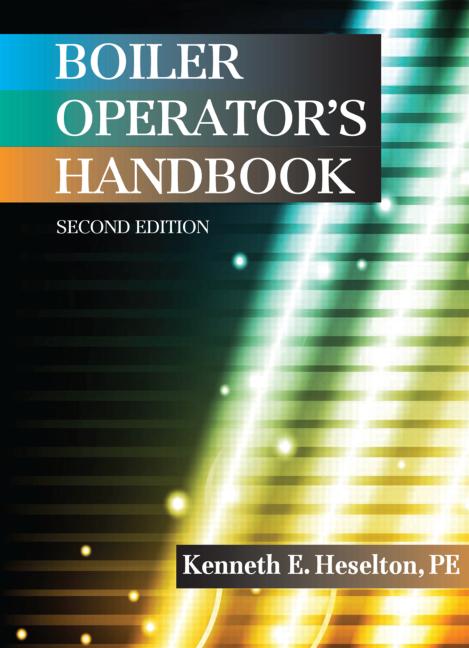I’ve just read Rebecca Ellis’ March column, “What is Substantial Completion” as well as the similar discussion toward the front of the magazine. We used to run into similar issues and finally realized the only way to tackle the issue is through contract terms established prior to starting the construction so that everyone knows what the rules will be when we get to the finish line.
If there is nothing in a contract and everyone is relying on “beneficial occupancy” or even using standard AIA contract language that “Substantial Completion is the stage in the progress of the Work when the Work, or designated portion thereof that the Owner agrees to accept separately, is sufficiently complete in accordance with the Contract Documents so the Owner can occupy or utilize the Work for its intended use,” expect a fight and unhappiness. In either case, there always will be an argument with the owner wanting more and the contractor wanting less to reach this legal point (that generally would be tied to liquidated or other completion damages).
To alleviate the arguments — for the most part — we added language in our construction agreement that set a specific set of re-quirements that needed to be met in order to achieve Substantial Completion:
For the purposes of this Contract, the term “beneficial occupancy” is not recognized as having any meaning or impact on defining the meaning or Date of Substantial Completion. Full or partial occupancy or use of the facility by the Owner shall not, in and of itself, constitute or be sufficient for determining a date or state of Substantial Completion. All of the following are conditions precedent for Substantial Completion.
1. Inspection, approval, occupancy and other permits issued by regulatory agencies having jurisdiction and without conditions. Conditional permits do not satisfy Substantial Completion requirements.
2. All building systems in place, complete, functional and accepted by the Architects.
3. HVAC system is tested and balanced with a preliminary balance report submitted to, and accepted by, the Architect and the Owner.
4. Facilities are able to be secured by the Owner and any Contractor-installed building security systems are complete and functioning.
5. Landscape and site work completed.
6. Odor and fume generating activities are complete. This includes work such as painting, staining, floor installation, etc. This also includes odor-generating activity that originates in non-occupied spaces, but could enter and impact occupied areas.
7. Final cleaning is complete and all construction air filters have been replaced with clean, permanent air filters.
8. All dust generating activity within occupied spaces has been completed. This includes dust-generating activity that originates in non-occupied spaces, but could enter and impact occupied areas.
9. Draft submittal of O&M manuals have been submitted and accepted by the Architect and Owner, and operation and maintenance training necessary for the Owner's personnel to maintain operation and occupancy of the facility has been completed. The draft manual shall include, but not be limited to, all required catalogue data, manufacturers’ operating and maintenance instructions, manufacturers’ specifications, schematics, certificates, warranties, guarantees, catalogues and price lists for any equipment, materials, supplied or parts used in the inspection, calibration, maintenance or repair or the equipment installed as part of the Work and other related documents required by this Contract. Contractor remains liable and responsible for any damage to systems or equipment until Owner receives this information and training.
10. All conveying systems, mechanical, plumbing, electrical, and life safety or other special systems and equipment are complete, operational, inspected and have received all required final operating permits, to the extent that the Owner can safely and legally use and occupy the facility.
11. Remaining punch-list items do not represent a hazard or create an adverse impact to the Owner and occupants in order for the contractor and his subcontractors to complete. Completion of punch-list items should not cause interruption or disruption to the Owner's functions due to noise, dust, odor, fumes, etc., or they must be undertaken and completed during off-hours convenient to the Owner’s operations and at no added cost to the Owner.
12. The Owner is able to fully occupy and utilize all portions of the Work.
For projects that are more systems related vs. building projects, we pare down this list, but most components remain. We, as own-ers, feel this is where we have to be with the construction progress for us to begin using the facility for the “purpose intended.” The language above uses “architect” since that is our general project type but “engineer” easily could be inserted instead.
In order to further deflect the argument that we’ve achieved “beneficial occupancy,” even in spite of the above list, you’ll note the specific wording of the first sentence above stating that we’re not going to argue over “beneficial occupancy” as indicating anything.
Last, we've also added language that even occupancy and use of the facility doesn't necessarily create Substantial Completion. We're in the school business and just don't have the option of missing opening date and moving our start back a couple of days to wait for the contractor to complete the work. In some really tough situations, we will discuss with the contractor that we have the option of missing opening date and suffering substantial damages and problems OR we can move in to an incomplete building, use it the best we can, and the contractor has to work around our operations and times of use to complete his work until he finishes. We've only had to do this a couple of times, but sometimes there's only a bad choice and a worse choice.
("The Owner may occupy or use any completed or partially completed portion of the Work at any stage when such portion is desig-nated by separate agreement with the Contractor, provided such occupancy or use is consented to by the insurer as required under Clause 11.4.1.5 Article 11 and authorized by public authorities having jurisdiction over the Work. Such partial occupancy or use may commence whether or not the portion is substantially complete, provided the Owner and Contractor have accepted in 65 writing the responsibilities assigned to each of them for payments, retainage if any, security, maintenance, heat, utilities, damage to the Work and insurance, and have agreed in writing concerning the period for correction of the Work and commencement of warranties required by the Contract Documents."- this is generally standard AIA contract language).
Next, we are pretty tough on our punch lists that help to establish substantial completion. We take seriously that a punch list should be a short, limited list of items that remain that won't impact occupancy or use, not a long list of work still to be completed by the contractor. We start the punch walk and have regularly walked out and stopped the walk if the contractor wasn't ready to allow only a short list of work.
Last, our contract, using standard AIA document language, then has a Final Completion requirement — all punch list work complete, all owner training completed, all O&M information received, all paperwork needed for final payment is in and acceptable.
While we don't like that we've had to add another set of liquidated damages to our agreement, we also include a reasonable amount of time for the contractor to progress from Substantial Completion to Final Completion (shown in calendar days in our Owner- Contractor agreement) along with another set of liquidated damages for time that extends past this second period. If our contractor complains, the easy response is "just finish the work," and we'll be happy to make final payment or stop secondary liquidated damages. We contend that not reaching final completion in a reasonable amount of time does damage us — either the contractor is impacting our operations by punch list work, we can't maintain our facility because training isn't complete or O&M manuals are missing, etc.
It's no secret — set up a fair but rigorous contract requirement ahead of time so that everyone knows what the target will be at the end of the work.
Arlen M. Solochek, AIA
District Director Facilities Planning and
Development Maricopa County community college district
Tempe, AZ
Ellis responds:
This is awesome! Thanks so much for sharing so much valuable information. It sounds like you have really figured it out and, most importantly, actually take your contract seriously and enforce it. The latter is one of our biggest frustrations — owners who have good contracts who (1) don't really know what's in the contract, (2) don't understand why these things are important, and/or (3) don't have or take the time to enforce the rules.
Thanks again for taking the time to write this e-mail and helping to renew my faith that somewhere someone is “doing it right.”







